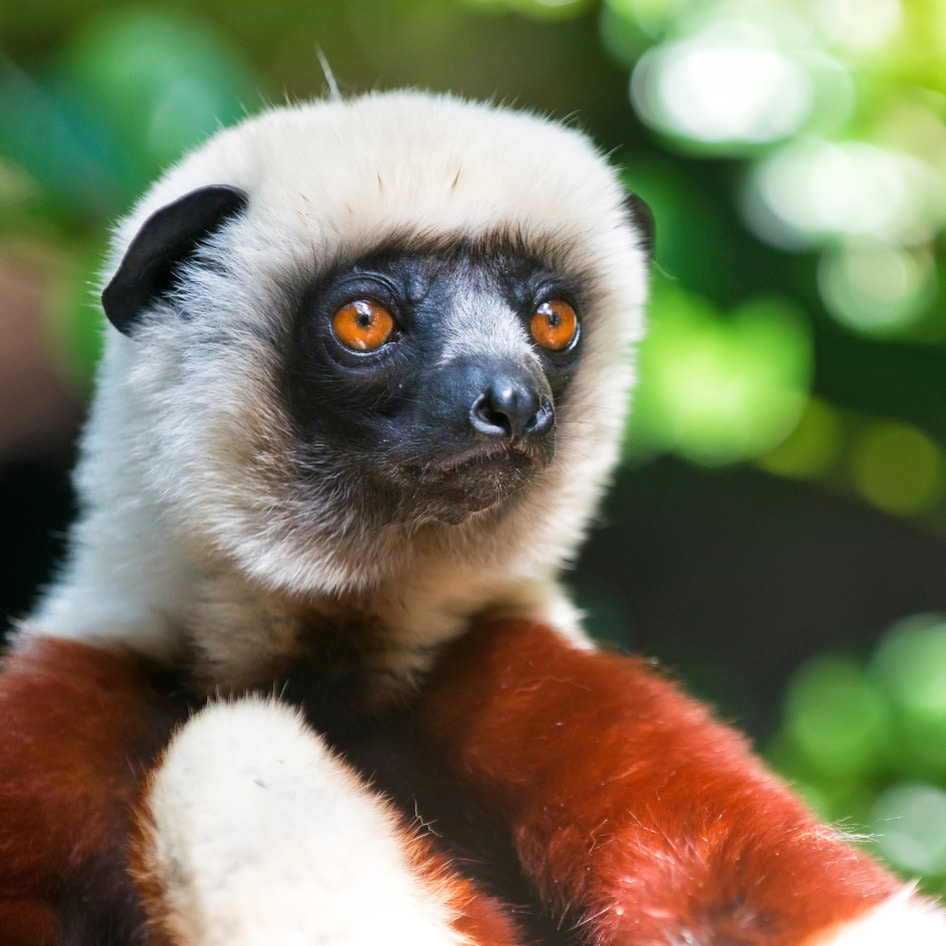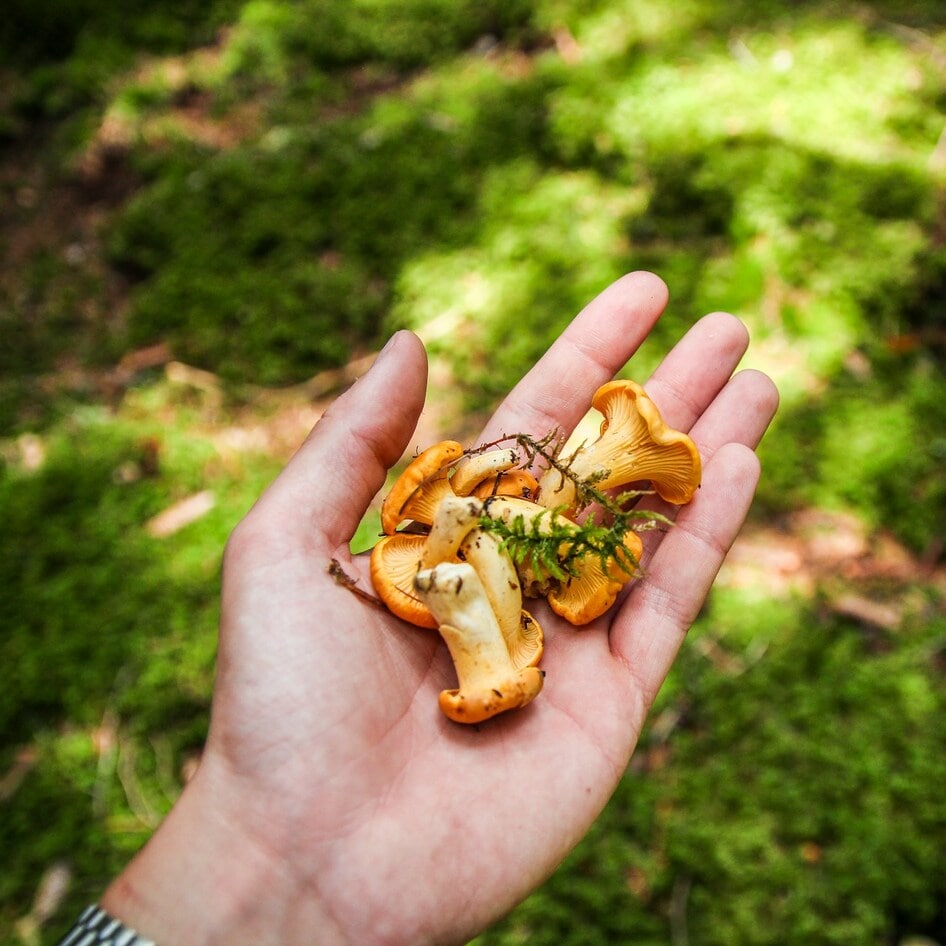Once upon a time, red squirrels in the UK lived peacefully, with plenty of food and habitat to share between them. But in the late 1800s, their harmonious balance was destroyed, when gray squirrels were brought into the country for the first time from North America. The gray squirrels were larger and far better at finding food, and the red squirrels couldn’t compete. Their numbers declined dramatically, and now, there are likely only around 120,000 reds left across the whole country. But while they are often painted as the big, bad grays, the North American squirrels are not the villain of this story. They didn’t swim the Atlantic to land in the UK, they were brought there by humans.
Back in the 1800s, people thought that gray squirrels would be a pleasant “ornamental species” for stately homes in the UK, reports British Red Squirrel. And so they were shipped over on boats, and by the time society realized they were invasive, they had spread across the country.
The tale of the red vs gray squirrels isn’t unique. Around the world, research suggests there are now more than 37,000 species around the globe that are considered invasive and destructive to environments. Most didn’t leave their natural habitat by choice but were removed due to various human activities—including the pet trade. Some believe that to get control over invasive species, we should start eating them. But is more animal consumption really the answer to this widespread problem?
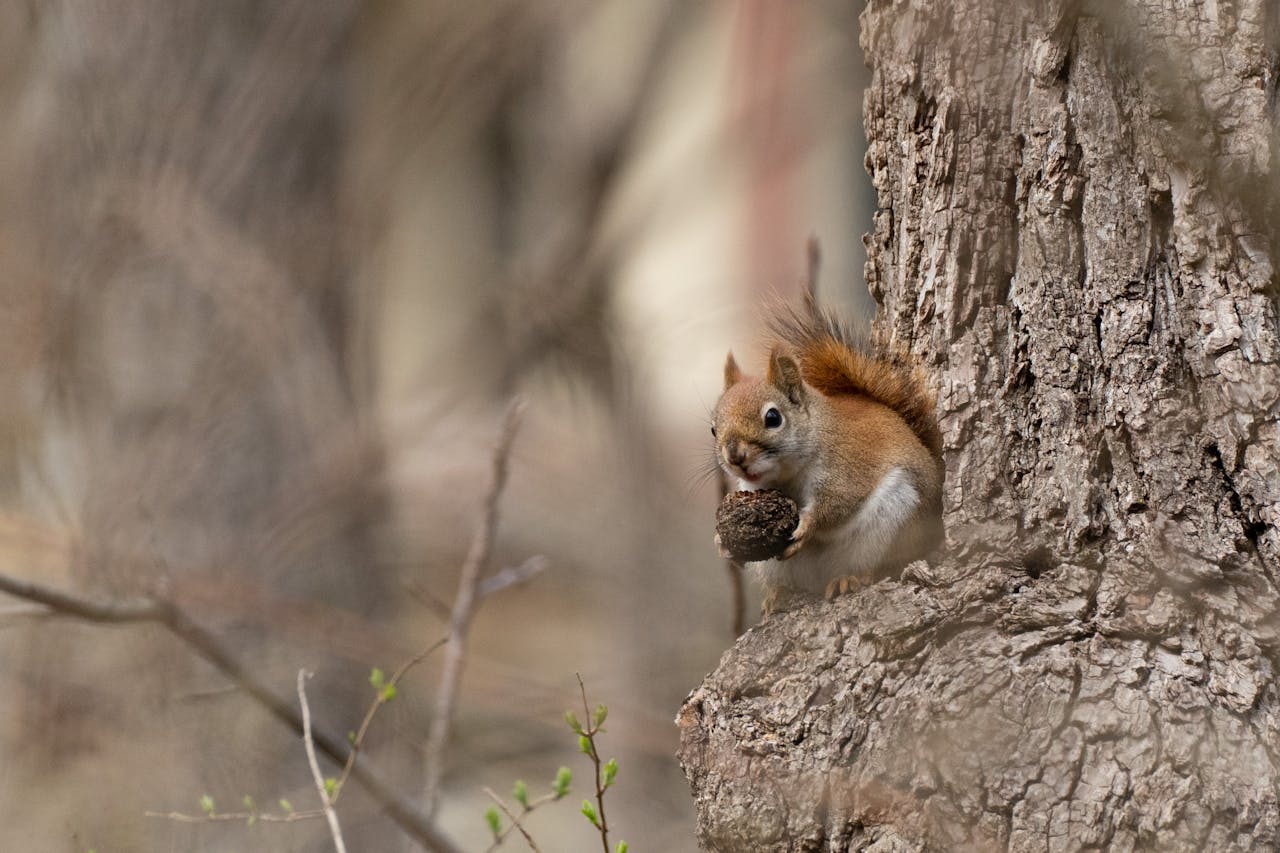 Pexels
Pexels
What is an invasive species?
An invasive species is, quite simply, a plant, animal, or microorganism that is not native to a specific ecosystem. Their presence is usually negative, and likely causes harm to the environment or even to human health. In North America, for example, carp is one example of an invasive species.
According to the United States Geological Survey (USGS), invasive carp species, like silver, grass, and bighead, were brought to the US in the 1970s in a bid to control algal blooms in wastewater treatment plants and aquaculture ponds, but they escaped into the environment, and now cause havoc in large rivers across the Midwest, disrupting ecosystems by competing for food and habitat.
“These invasions can have negative impacts on ecosystems, leading to biodiversity loss and the extinction of native plants and animals.” —Piero Genovesi, Chair of the IUCN SSC Invasive Species Specialist Group
In Australia, cane toads were introduced in the 1930s in an effort to control pests in sugar cane fields, but now they have spread far out into the environment, where their poison kills native species.
These are just a handful of examples out of thousands, and the numbers are increasing. “We see a constant increase in the number of new invasions in all taxonomic groups and in all regions of the world,” Piero Genovesi, Chair of the IUCN SSC Invasive Species Specialist Group, said in 2017.
He added that as well as the environment, this can also have a knock-on impact on humans, too. “[It] can have potentially devastating consequences on the food, medicines, clean water, and other benefits that nature provides, making it more challenging for the global community to meet the UN’s Sustainable Development Goals,” he continued.
Should we eat invasive species?
Some believe that one of the best ways to deal with invasive species is simply to eat them—the approach even has its own name, “invasivorism.” In Edinburgh, Scotland one eatery, called Wedgwood the Restaurant, serves up squirrel haggis, for example, as well as invasive plant species like Japanese knotweed. In New England, US, some restaurants serve invasive European green crabs.
Conservationist and invasivorism advocate Joe Roman, who founded the website Eat the Invasives, told Salon last year that he doesn’t want to punish invasive species, as “they didn’t do anything wrong,” but the fact remains that they need to be dealt with in some way.
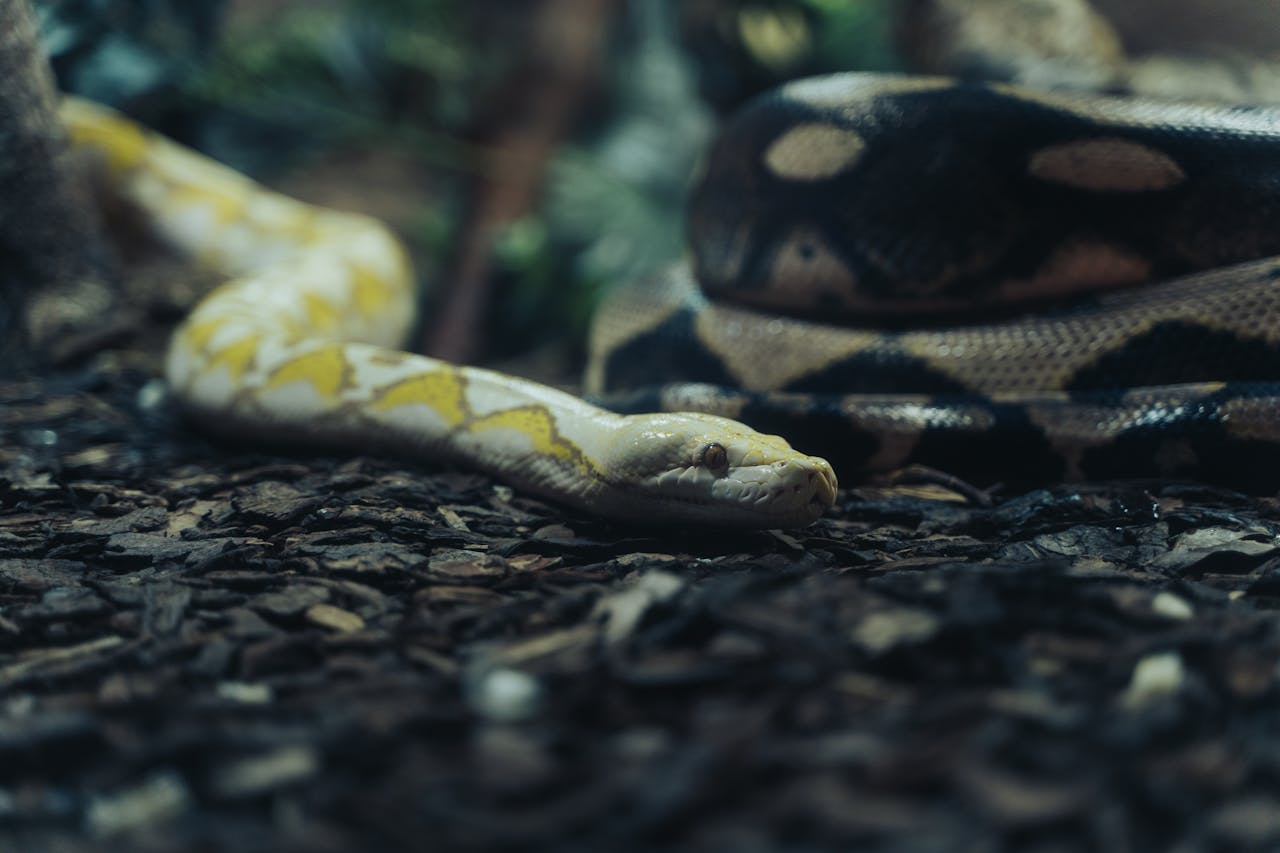 Pexels
Pexels
For many, eating invasive species brings up welfare concerns. After all, just like all other animals that are slaughtered for meat, they do suffer and feel pain. And like Roman stated himself, they are innocent victims in the situation, too.
But ethical concerns aside, many experts note that it’s likely not possible to eat our way out of the invasive species crisis anyway. There are simply too many of them, and they’re not all good for us either. Take Burmese pythons, for example. They are an invasive species in Florida, but they’re likely not safe for consumption due to their high mercury levels.
What is the best solution for dealing with invasive species?
The invasive species crisis has several causes, and so it has many solutions, too. According to the National Wildlife Federation, it is working to deal with invasive species in the US by preventing more invasive carp from entering the waterways, and by advocating for the treatment of ballast water on ships. Ballast water is a key culprit for the spread of invasive species, as ships take in water in one area before discharging it in another, which spreads eggs and larvae across the oceans.
The federation also notes that it is “championing robust restoration” of areas that have been damaged by invasive species, too, and it is working to clarify the legal situation around the transportation of animal species both between states and into the US. Just like back in the 1800s, when English aristocrats wanted ornamental gray squirrels for their stately homes, today, people are still transporting animals around the world for their own pleasure—with major consequences.
The Argentine tegu, for example, likely made its way into Florida’s waters via the pet trade. And the same likely happened with the aforementioned Burmese python. The green iguana is a common sight in the wild in Florida, likely because of a pet trade boom in the late 20th century.
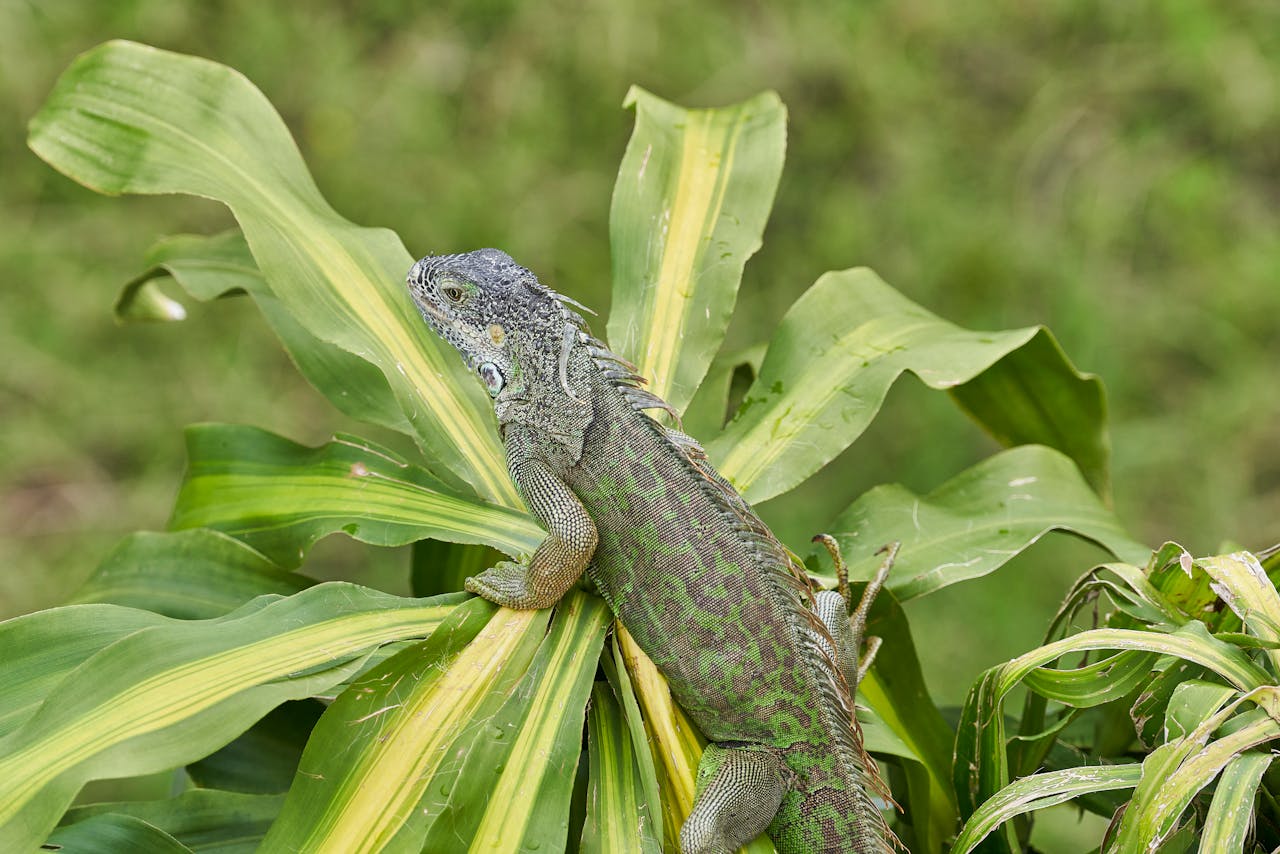 Pexels
Pexels
Like the National Wildlife Federation, the International Fund for Animal Welfare (IFAW) is working to get control over the pet trade. It supports the introduction of a universal list, which identifies species that can be kept as pets and those that pose an invasiveness risk, and is working towards the adoption of better codes of conduct for online platforms, where many animals are bought and sold.
“Prevention and preparedness are the most cost-effective ways to manage the threats from invasive alien species,” notes the IFAW. “Policymakers have a big role to play—but it’s in every person’s best interest to understand the high cost of exotic pets.”
For more plant-based stories like this, read:
JUMP TO ... Latest News | Recipes | Guides | Health | Subscribe






